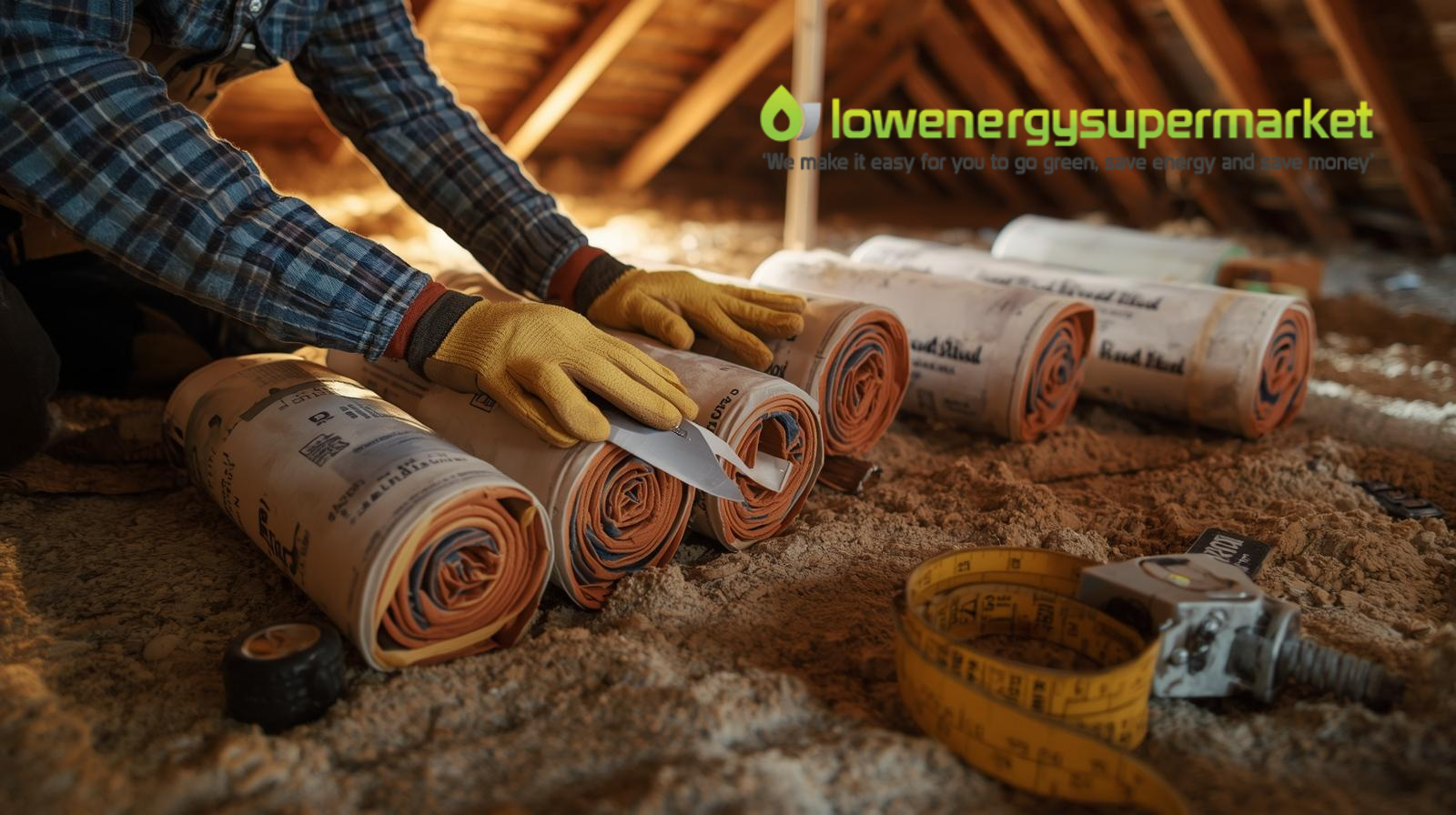Energy costs and environmental concerns are driving homeowners to rethink how their homes use and conserve energy. Improving insulation and weatherproofing is one of the most effective ways to reduce heat loss, improve comfort, and cut energy bills. With modern energy saving products like thermal pipe insulation, loft roof insulation, exterior door rain deflectors, and immersion timers, it is easier than ever to make your home energy smart.

This guide explores how insulation and weatherproofing work together to make your home more energy efficient, sustainable, and comfortable year-round.
What is Insulation and Weatherproofing?
Insulation and weatherproofing are techniques and materials used to control heat flow and prevent air leaks in buildings. Insulation helps keep heat inside during winter and outside during summer by reducing heat transfer through walls, roofs, and floors. Weatherproofing focuses on sealing openings and protecting the building from water, wind, and moisture.
Common materials include loft roof insulation, radiator panels, thermal pipe insulation, and exterior door rain deflectors. Together, these solutions help maintain consistent indoor temperatures and reduce the need for constant heating or cooling.
How Do Insulation and Weatherproofing Work?
Insulation works by creating a barrier that slows the movement of heat through walls, roofs, and floors. Materials such as fiberglass, foam board, or cellulose trap air, which minimizes heat loss. Weatherproofing complements this by sealing gaps around windows, doors, and pipes to prevent drafts and water intrusion.
For example:
- Thermal pipe insulation keeps hot water pipes warm, reducing energy waste.
- Exterior door rain deflectors prevent moisture damage and block cold air.
- Photocells for lighting and LED dimmer switch setups help regulate lighting efficiency indoors and outdoors.
- Loft roof insulation keeps warm air from escaping through the attic.
When combined with energy efficient LED bulbs, countdown timer plugs, and water heater timer switches, these improvements create a home that operates efficiently and sustainably.
Key Features and Benefits
1. Improved Energy Efficiency
Insulation reduces heat transfer, helping your heating and cooling systems work less. Adding radiator panels and thermal pipe insulation maximizes energy retention.
2. Cost Savings
Less energy waste means lower utility bills. Using immersion timers and water flow restrictors can further cut energy and water consumption.
3. Comfort and Climate Control
Sealed gaps and insulated spaces create consistent indoor temperatures, reducing drafts and cold spots.
4. Eco-Friendliness
By lowering your carbon footprint, you contribute to environmental sustainability. Pairing insulation upgrades with monocrystalline solar panels, a wind turbine generator kit, or a solar water heating kit enhances this even more.
5. Safety and Durability
Quality weatherproofing prevents moisture buildup, mold, and structural damage. Reliable systems like battery charger and inverter units and lithium battery lifepo4 storage keep your renewable systems safe and efficient.
Advantages Over Traditional Methods
Older homes often rely on outdated insulation materials or none at all. Traditional methods may use loose fill or thin fiberglass that degrades over time. Modern insulation systems and energy saving bulbs are designed for long-term performance and environmental safety.
Upgrading to LED tube lights, best energy saving light bulbs, or energy efficient LED bulbs saves power while providing superior lighting. Similarly, replacing older water fixtures with low flow showerheads, tap aerators, and best water saving shower heads significantly reduces water use compared to conventional fittings.
Integrating renewable systems such as monocrystalline solar panels with solar power cables, battery lithium 12v, and solar water heating kits ensures energy independence and long-term savings.
Installation Guide
Here is a basic overview of how to install insulation and weatherproofing products safely:
- Inspect Your Home
Identify areas where heat loss occurs such as attics, windows, and door frames. - Choose the Right Materials
For attics, use loft roof insulation; for walls, use foam or fiberglass batts. For pipes, add thermal pipe insulation. - Seal Openings
Use caulk or foam sealant around window frames, vents, and baseboards. Install exterior door rain deflectors to block moisture. - Upgrade Fixtures
Replace old bulbs with energy saving bulbs and install a LED dimmer switch for adjustable lighting. - Add Smart Controls
Use countdown timer plugs, water heater timer switches, and shower timers to automate energy use.
For best results, professional installation is recommended for roof or cavity wall insulation to ensure safety and performance.
Tips to Maximize Efficiency
- Keep insulation dry to maintain effectiveness.
- Use photocells for lighting to ensure outdoor lights only activate when needed.
- Install immersion timers to control when your water heater operates.
- Maintain solar systems using battery charger and inverter setups for consistent output.
- Dry clothes efficiently with victorian clothes airers, pulley clothes airers, or clothes drying pulleys to avoid using electric dryers.
- Add flow restrictors or a water flow restrictor to reduce water usage without losing pressure.
Combining these small adjustments can create a big impact on your annual energy consumption.

Common Mistakes to Avoid
- Leaving Gaps Unsealed
Even small gaps around windows or doors can waste energy. Seal them completely. - Using the Wrong Insulation Type
Each area requires specific insulation materials. Consult an expert before purchase. - Ignoring Ventilation
While sealing is important, ensure enough airflow to prevent condensation. - Neglecting Maintenance
Check radiator panels, insulation, and weather seals yearly for wear and tear. - Skipping Smart Timers
Many homeowners forget to use countdown timer plugs or water heater timer switches that optimize usage and cut costs automaticaFAQs About Insulation and Weatherproofing
1. Can I install insulation myself?
Yes, basic insulation such as loft roof insulation or thermal pipe insulation can be DIY-installed. For walls or ceilings, professional help is safer.
2. How much energy does it save?
Upgrading insulation and adding weatherproofing can reduce heating and cooling costs by 20 to 40 percent depending on the home’s age and location.
3. Does it work with renewable energy systems?
Yes, insulation enhances the performance of monocrystalline solar panels, wind turbine generator kits, and solar water heating kits by keeping the energy you generate inside your home.
4. Is it compatible with smart home assistants?
Smart plugs and timers, such as countdown timer plugs, LED dimmer switches, and immersion timers, integrate easily with most smart systems.
5. Is it safe for continuous use?
Quality materials and products like battery lithium 12v or lithium battery lifepo4 units are designed for long-term, safe, and efficient operation when installed properly.
6. How often should I replace insulation?
Modern insulation can last up to 25 years or more, but periodic checks ensure it remains effective against moisture or compression.
Conclusion
Insulation and weatherproofing are simple yet powerful ways to create a more energy-efficient, eco-friendly, and comfortable home. By combining materials such as thermal pipe insulation, loft roof insulation, and radiator panels with smart accessories like LED dimmer switches, immersion timers, and countdown timer plugs, homeowners can enjoy long-term savings and improved comfort.
Whether you are upgrading your property or building new, start small with insulation and weatherproofing improvements and expand with solar water heating kits, wind turbine generator kits, or battery charger and inverter systems for a complete sustainable setup.
Energy efficiency begins with smart choices, and the time to start is now.
